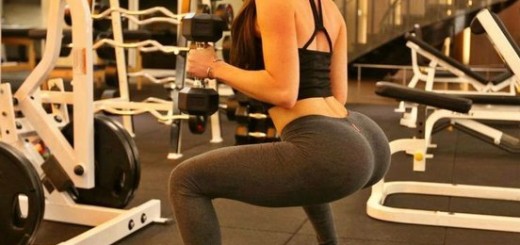List of Vital Body Parts (Organs) You Know Nothing About
There are so many parts in human body and each part has a name. In most cases the name is Latin. So, even if you hear the name, you may not associate it with the body part. Below are given the names of some of the parts you may not know.
Important Organs in the Human Body:
Clavicle (collarbone):
Cavicle is popularly known as the collarbone. In addition to its cosmetic value, it also has a function. When you rotate your arms or move the shoulder, multiple joints work together in your shoulder. Clavicle is one of the major bones that help in making it possible for you to perform a broad range of shoulder movements. When your shoulder succumbs to the impact of a load, it helps in providing stability.
Femur (the thigh bone):
Out of the 206 bones in the human body, femur is the longest bone. It is seen between the hip and the knee. The femur helps you to walk, run and move your legs. This bone is very light and hollow too. But still it is hard and strong as concrete. This makes it strong enough to bear the weight of your body. It can bear weight up to 30 times the weight of the human body.
Frenum/Frenulum:
Frenum is a tissue in the body. It helps in keeping certain body parts in place, thereby reducing their flexibility and movement. It is found in various parts of the body. There is an oral frenum, a penile frenum, then one in the brain, in the vulva and so on. Here we are talking about the tissue or fold that is present under the tongue. It helps in keeping the tongue fixed in its place. In some conditions, especially in children, the frenum may make it difficult for the tongue to move even slightly. This makes it difficult for them to speak or eat. So, in such cases the frenum is removed. Even though there is not much difference after the frenum is removed, it still plays the role of holding the tongue in its place.
Glabella:
Glabella is the part of your body that is situated between your eyebrows. The skin and the bone underneath constitute the glabella. The primary function of this body part is that it serves the purpose of a craniometric point. This means that this point is used as a benchmark to measure the sklul. You can also check whether you are sufficiently hydrated or not with the help of this part. For this what you have to do is to pull the skin and see if it gets back to its original shape and is sufficiently elastic. If it goes back to its original shape, then it means that you are properly hydrated. If it does not regain its shape, it means that you are dehydrated. You can also check how well your reflexes work with the help of this part. For this you have to tap on this point twice or thrice. Then you will immediately have the urge to blink your eyes. This means that your reflexes work well.
Hallux (The big toe):
Hallux is the name of our big toe. But hardly any people use this term. The big toe is used for everything you do with your foot. It is the big toe that provides you the maximum anchorage. It also helps in running, walking and pedalling. This hallux is considered to be #1 when the digits in tetra pods are numbered. Tetra pods are animals with four legs. If this toe is lost due to some physical trauma etc, then the remaining four digits can take up the functions, but it needs some training and practice.
Pollex (The thumb):
The thumb plays an important role compared to the other four fingers. Do you know our thumb has a special name? It is called pollex. The main function of pollex is grasping. We are able to grasp and hold things because of our thumb. This is because of the way our thumb is positioned. This way of diametrically opposite arrangements facilitates opposition and apposition. Both are necessary for grasping.
Philtrum:
Philtrum is the Latin word which means love charm. Philtrum is that groovy depression that you will find in the middle region of your upper lip. You might have noticed it, but never would have thought that it had a name. It also has a function. In fact you can say that it had a function. In mammals the philtrum essentially carries substances that have an odour from one part of the nose to the olfactory sense organs and that too, via mouth. But in humans it is sadly vestigial. You can still consider it as a love charm.
The masseter (The jaw muscle):
The masseter literally means the one who eats. It is the jaw muscle. It is a short, thick, masticatory muscle. The action of this muscle aids in closing of the jaw by raising the mandible or lower jaw. This is the strongest muscle in our body. It helps in chewing. This muscle is more powerful in herbivores as it helps them in chewing the plant matter. It has the ability to pull a substance that is 80 times its weight. In terms of weight, masseter is the strongest muscle in the human body.
Uvula:
Uvula is the fleshy extension that hangs at the back of the mouth, just above the opening of the throat. This body part is also found in baboons. It helps in closing the nasopharynx when you swallow food or water, so that they do not enter your nasal passage. It is also used to articulate a range of sounds in speech.




